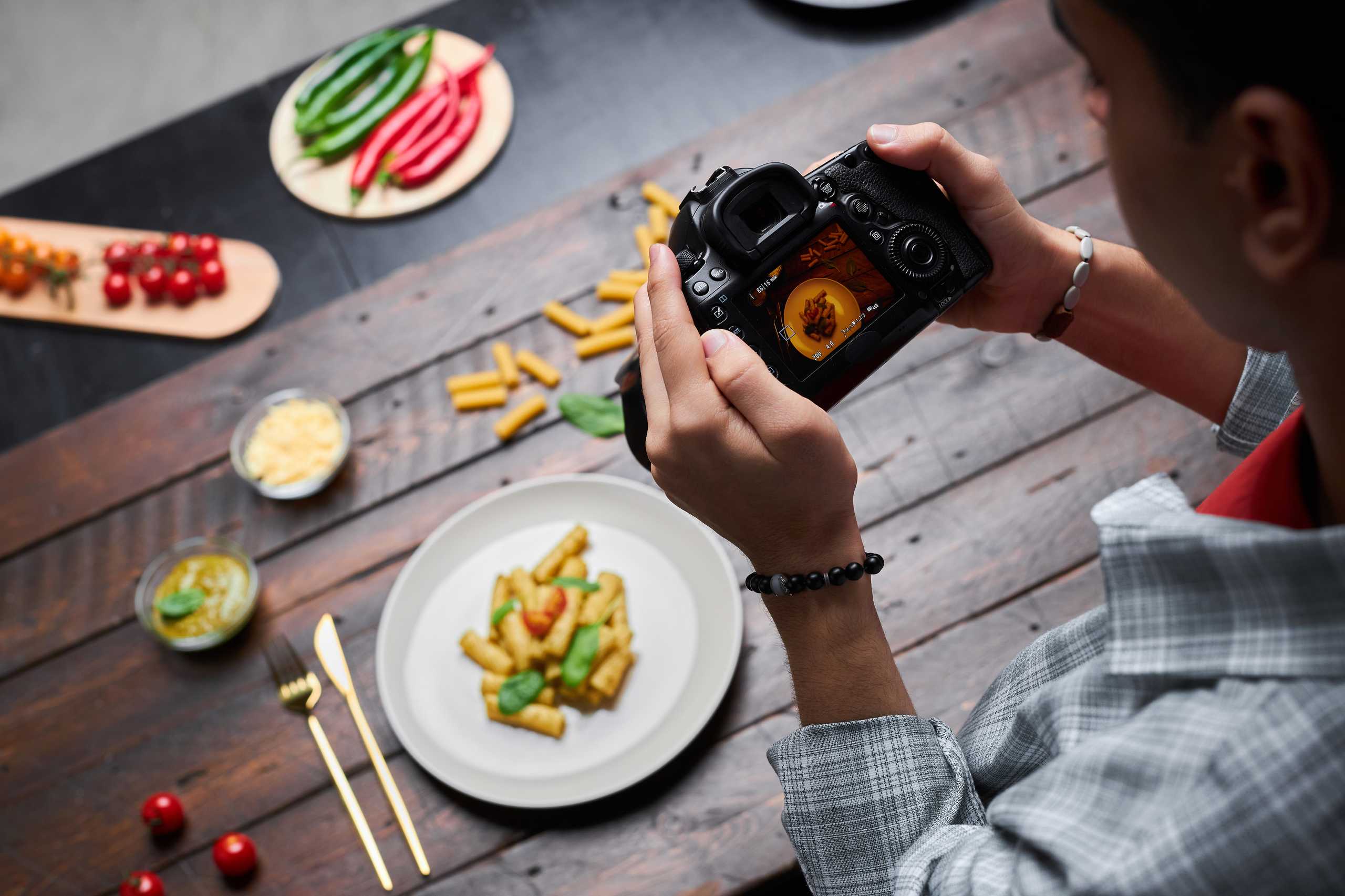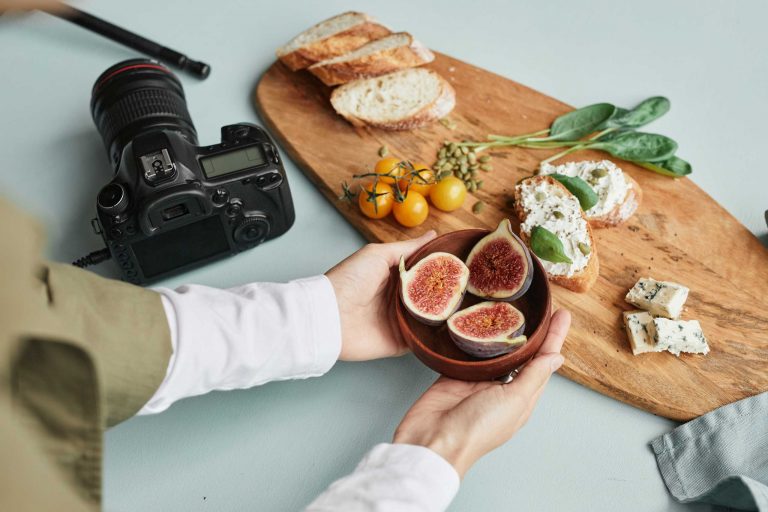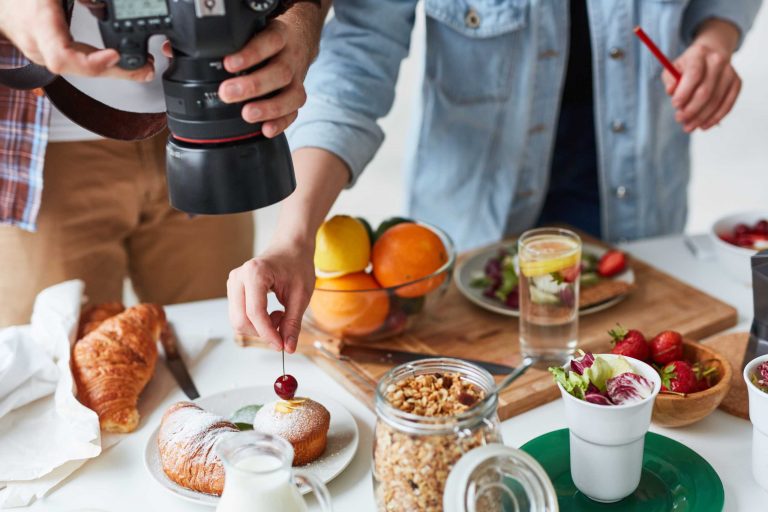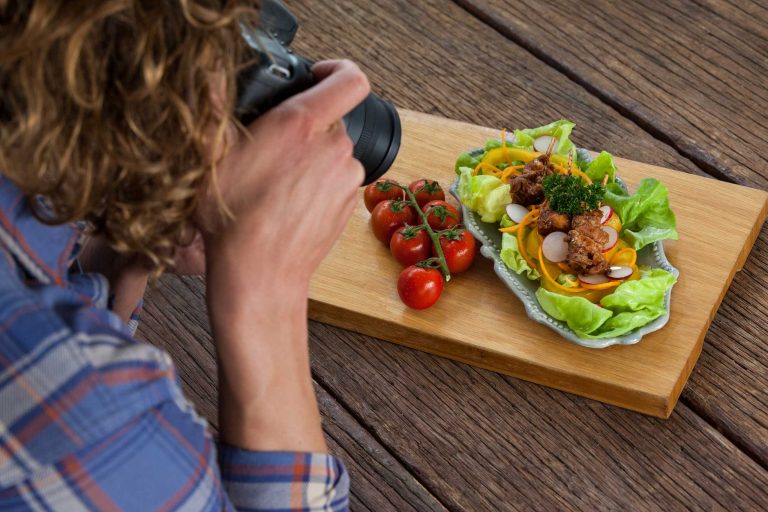Post-processing is the final step that can turn a great food photo into a breathtaking one. While capturing the perfect shot in-camera is crucial, editing allows you to enhance colors, adjust lighting, and refine details to truly make your images pop.
Key areas to focus on in post-processing:
- Color Correction:
Adjust white balance to ensure the food’s colors are true to life. Sometimes a slight boost in saturation makes dishes look more appetizing. - Exposure and Contrast:
Fine-tune brightness and contrast to add depth. Avoid overexposing highlights or losing details in shadows. - Sharpness and Clarity:
Enhance textures by sharpening key areas like crispy edges or glossy sauces, but don’t overdo it to avoid unnatural results. - Cropping and Straightening:
Crop to improve composition and straighten horizons or plates for a polished look.
Best practices and tips:
- Use Non-Destructive Editing:
Work with layers or adjustment tools that allow you to revert changes easily. - Keep It Natural:
Aim for subtle enhancements that preserve the food’s authentic look rather than heavy filters. - Batch Process When Possible:
If you have multiple similar shots, apply consistent edits to save time and maintain a cohesive style. - Experiment with Software:
Popular options include Adobe Lightroom, Photoshop, and mobile apps like Snapseed — find what works best for your workflow.
Remember, post-processing is an art form that requires practice and patience. It’s your chance to refine your vision and give your photos that final spark.
With these essentials, you’re well-equipped to polish your food photography and create images that truly delight the eye.




